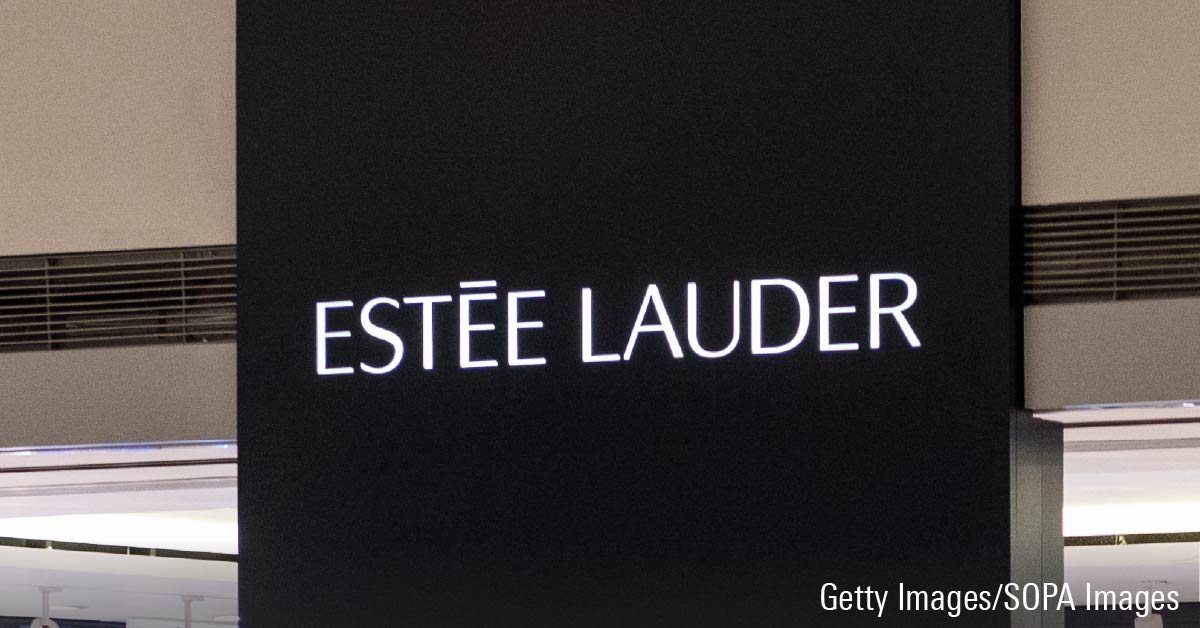Slow Asia Travel Recovery Causing Near-Term Headwinds for Estee Lauder, but Long-Term Growth Intact

We believe Estee Lauder EL has earned a wide moat, based on its valuable portfolio of global leading brands, its preferred status with its channel partners in department stores, specialty beauty outlets, travel retail locations, and a scale-based cost advantage.
Although the pandemic is presenting challenges for Estee and its peers, we remain optimistic about its competitive position and long-term strategy. Estee has made significant investments in omnichannel, marketing, and innovations that are helping the firm recover briskly from the pandemic and the subsequent inflation and supply chain disruptions. We also believe the firm’s growth opportunities should persist over the long term as emerging markets (a third of sales) still spend significantly less than developed markets on prestige beauty. Per Euromonitor, average annual per capita spend on prestige beauty in 2021 was $107 in the U.S., $121 in South Korea, $22 in China, $5 in Brazil, and less than $1 in India. Estee also has significant opportunity to expand its brands geographically. We think this opportunity is particularly pronounced in the context of its brand reach, as nearly all its 30 brands are sold in the U.S., but only 17 have launched in China, 11 in India, and nine in Brazil.
Despite its solid competitive standing, Estee isn’t immune to headwinds. Even prior to COVID-19, Estee had been struggling with its large exposure to global department stores as the channel faces declining traffic from consumers shifting their purchases to other outlets. However, the firm has been proactively diversifying its channel reach, developing a strong presence in e-commerce (28% of sales) and specialty beauty. In the next few years, Estee will accelerate these efforts with the implementation of its post-COVID-19 business acceleration plan. This will result in the closure of 10%-15% of freestanding stores and some unproductive department store counters, elimination of 4.5% of jobs, and realigning of the distribution network, resulting in annual savings of about $400 million, a portion of which will be reinvested in e-commerce, omnichannel, and digital marketing capabilities.
The author or authors do not own shares in any securities mentioned in this article. Find out about Morningstar’s editorial policies.

/s3.amazonaws.com/arc-authors/morningstar/35cad34a-5a55-4541-88e4-5464951e9ae1.jpg)
/cloudfront-us-east-1.images.arcpublishing.com/morningstar/TP6GAISC4JE65KVOI3YEE34HGU.jpg)
/cloudfront-us-east-1.images.arcpublishing.com/morningstar/RFJBWBYYTARXBNOTU6VL4VSE4Q.png)
/cloudfront-us-east-1.images.arcpublishing.com/morningstar/YQGRDUDPP5HGHPGKP7VCZ7EQ4E.jpg)
:quality(80)/s3.amazonaws.com/arc-authors/morningstar/35cad34a-5a55-4541-88e4-5464951e9ae1.jpg)